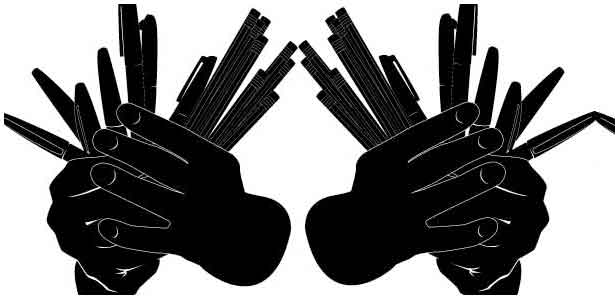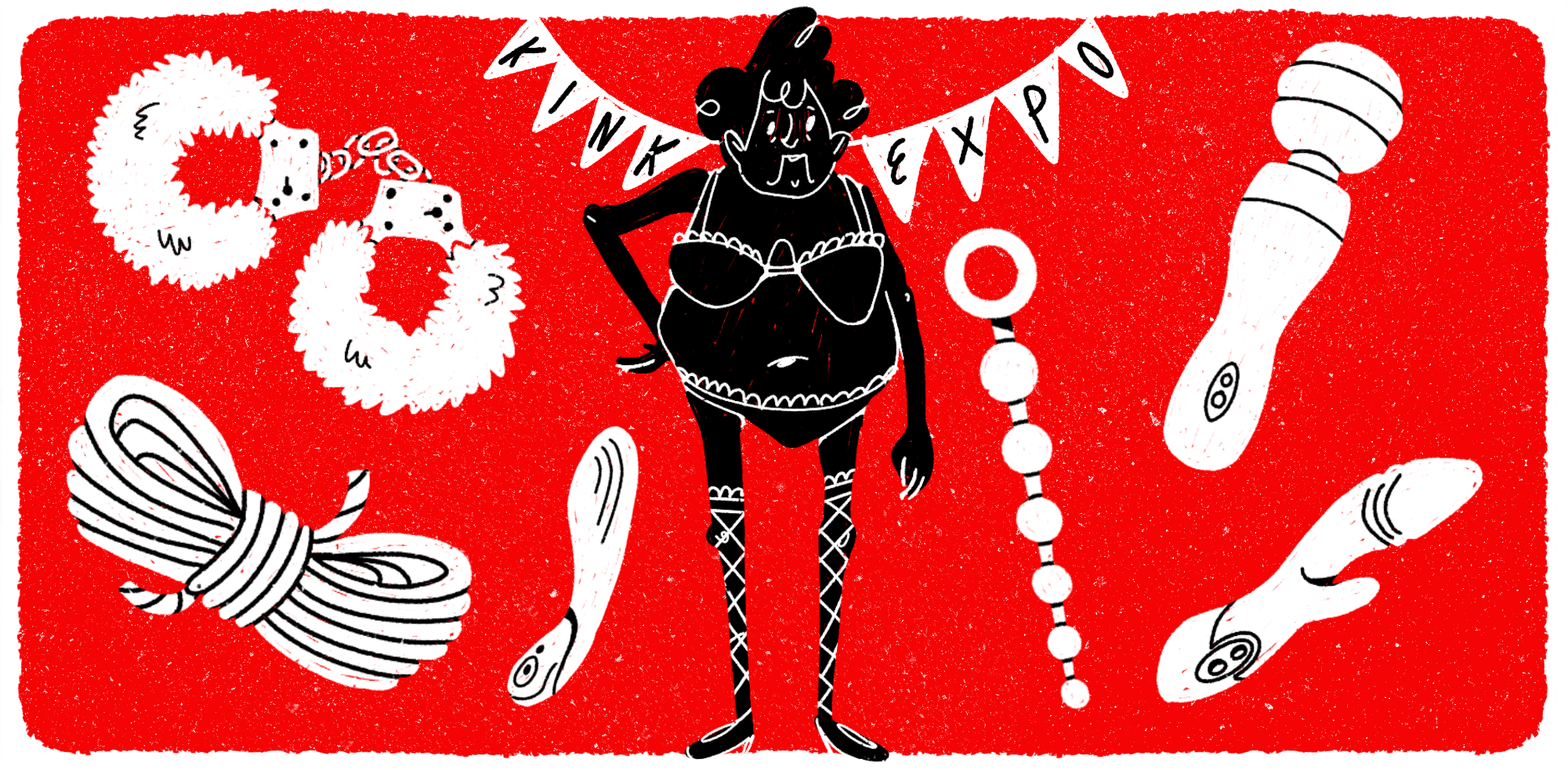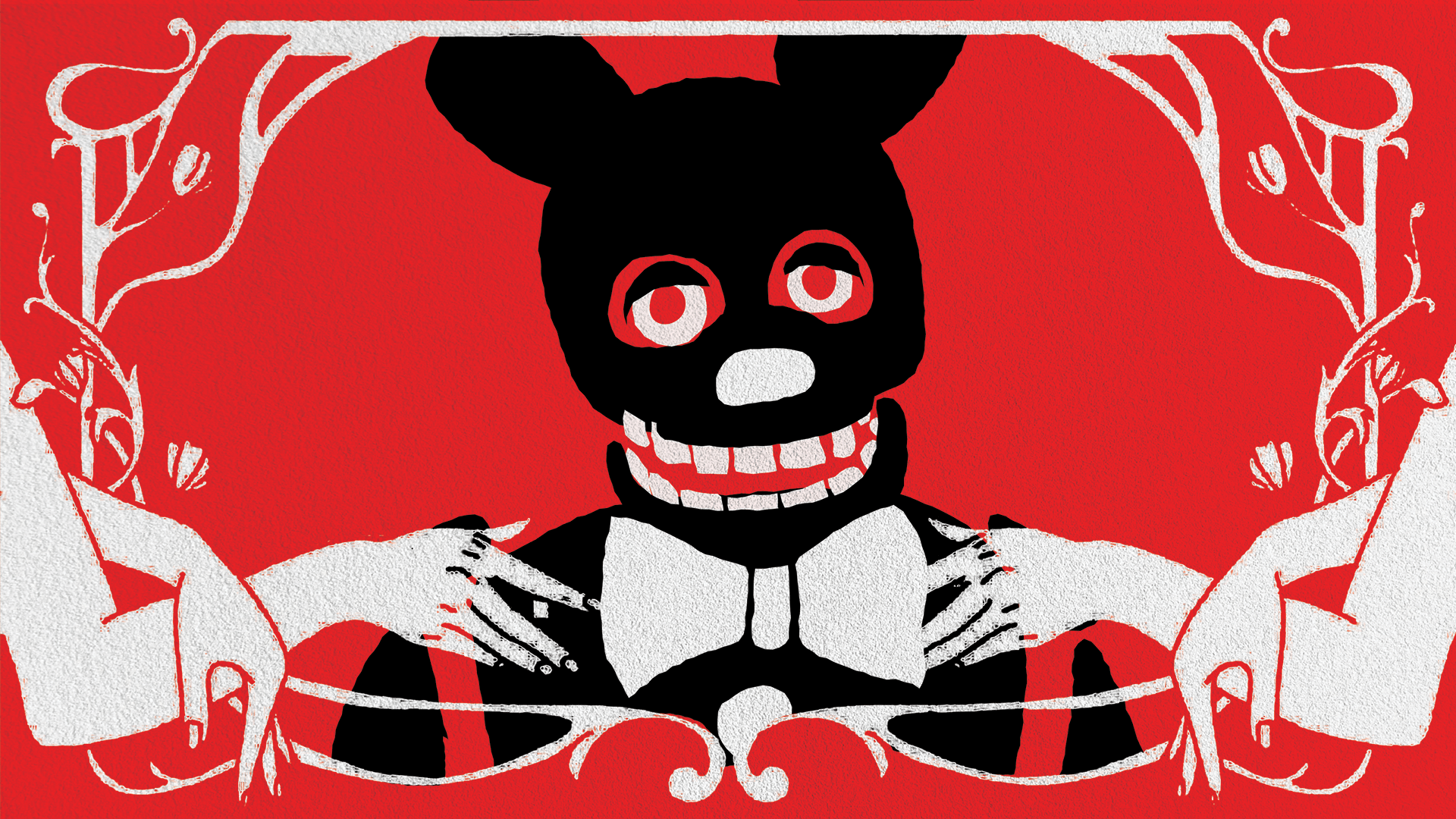
by Simon Hunt
Walking from the Blue Line Division station and up a set of wooden stairs to the Art Poker house, I thought, “Will this be the site of my spiritual de-pantsing?” I was about to participate in a few rounds of speed art poker, where players are required to create drawings in the space of three minutes.
I knock on the door and pace the narrow porch. No one answers. I knock again, louder, feeling my resolve
dissipate with the sunlight. Earlier, I was determined to find out firsthand what Art Poker was about, but confidence in my ability to draw quickly is approximately nil, so the slightest breeze could send me back home without my story. I walk halfway down the steps and sit down, basking in the early evening spring warmth. It’s quiet on this street, despite its proximity to a major intersection. I watch someone loitering by the alley across from the College of Office Technology, wondering what he’s up to. This distracts me for a few minutes, until the door opens behind me and Thorne Brandt, the founder of Art Poker, looks down at me curiously. “The door was open.” I suck in whatever there is to suck in and step inside.
The basic premise of Art Poker is simple: fostering creativity through limitation (time, material, subject matter) and critical discussion in a slightly competitive environment. The game takes a few different forms and can involve all artistic disciplines. According to their website (www.art-poker.com), “Art Poker forces inspiration.” The site also explains away the question of illegality: “There is no actual gambling involved in Art Poker. Artists are judged according to creativity, and originality, in contrast to actual Poker […] in which players rely purely on the luck of the draw, or the roll of the dice, or which horse crosses the line first.”
The game we are playing tonight is a free game, but when money is involved, it is likened to the entry fee and prize money in a more traditional competition.
We walk back through to the kitchen and sit down at the table, amidst the typical squalor of a shared apartment — papers, dishes, random socks strewn about — and wait for the game to begin. Meanwhile, roommates struggle with the waste disposal unit in the sink, which seems to have quit on them, and complain about the failure rate of the house’s amenities. Half an hour later, some strangers poke their head into the kitchen; apparently they are being shown the apartment by the landlord. “I guess we’re moving out soon,” someone moans.
Finally the game begins. A deck of cards has been prepared, with a word written on each card. The judge draws one, “Saddam Hussein,” and the betting begins. Each of the four or five other players have a set of chips, and in turn we bet on how well we think we can draw what is on the card (following standard poker betting rules). After the betting, the clock starts and we have two minutes to draw our best Saddam. I couldn’t begin to do such a thing, so I draw a hole in the ground, with the caption “Somewhere in Iraq, 2003.” Two minutes pass, and another card is drawn: “penguins.” After a round of betting, we have one minute to incorporate this new word into our drawing.
I scratch in a couple of bird-like things and have them discussing the whereabouts of Saddam. I figure the political commentary might make up for my crude drawing skills. Time’s up, and each player must present his work to the other players and the judges, who then discuss the players’ interpretation of the words, and the success with which they dealt with the second card, the obstruction card. One player is disqualified for drawing just one penguin (the card was plural). I’m knocked out of the running for not using the whole page.
We play on, drawing statues with ashtrays, castles with kisses, rednecks with Dracula, circles with signatures. In the event of a tie, a third card is draw for a lightning round. At one point, I almost win. The first card was Gumby. Forgetting exactly what he looks like, I draw a bulbous figure, print “Gummbie” under him, and have a word balloon pointing outside the frame, saying “Hey, that’s copyright violation!” The next card panics me: orange. In the one minute allowed, I hastily scribble out a “Bart Sampson,” who is throwing an orange to Gummbie. “Run!” he says, “Take my magic FBI-avoiding orange!” Somehow, the judges deem this trough in my artistic existence as worthy of tying with two others, and we go to the lightning round. The card, “pool of sharks,” sends me further into despair, but I hammer out a quick pool, some fins, and an emerging shark with the words “FBI shark” printed on it. But the judges come to their senses and award the round to a drawing both well-rendered and composed.
I didn’t win a single hand, but I think I learned a few lessons from the experience. Having to think out and draw something in two minutes can unlock the potential for some very creative thinking. For my drawing of “castle” and “people kissing,” I explained that this was “Prince Charles and his bride-to-be having a quick snog before retiring to the castle. The crude drawing style and unfinished quality of the piece represents the public’s growing disinterest with the Royal Family.” After drawing a fairly good rendition of Brancusi’s “White Negress,” I was forced by the second card to encircle it with an ashtray. Tying it together, I wrote “AIC” on the ashtray, and thus spent about five minutes trying to bluff an explanation about the Art Institute being the “ashtray of the art world.”
Despite garnering a few laughs from the table, none of my drawings and furtive explanations worked in the end. It did give my brain a fine workout, though, and I left feeling much more confident in my skills as a creative artist.
May 2005



















